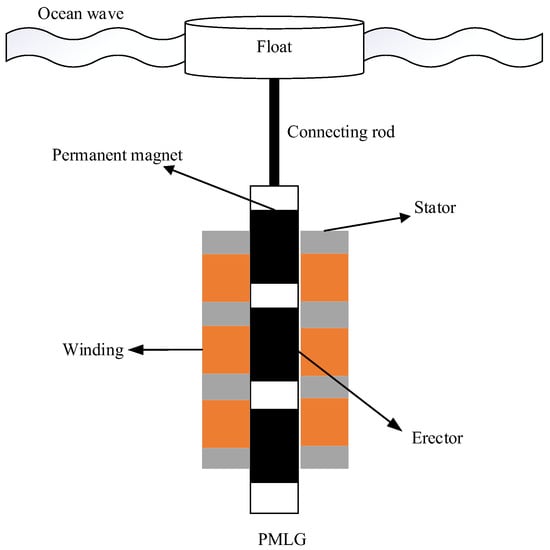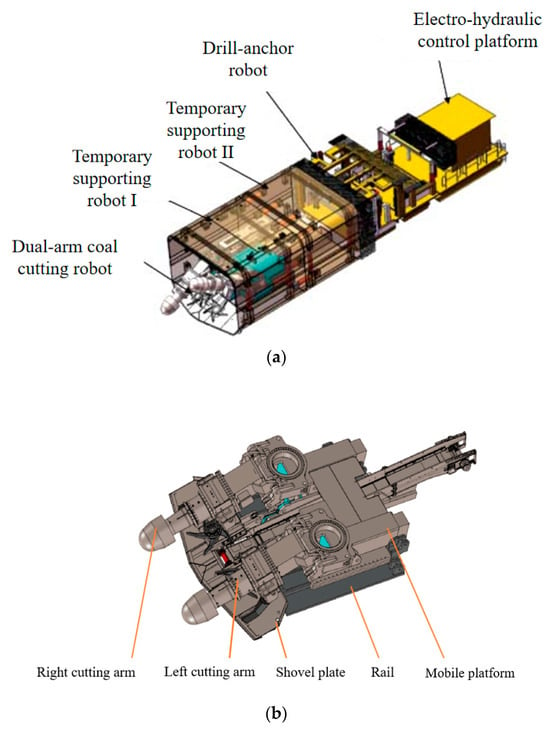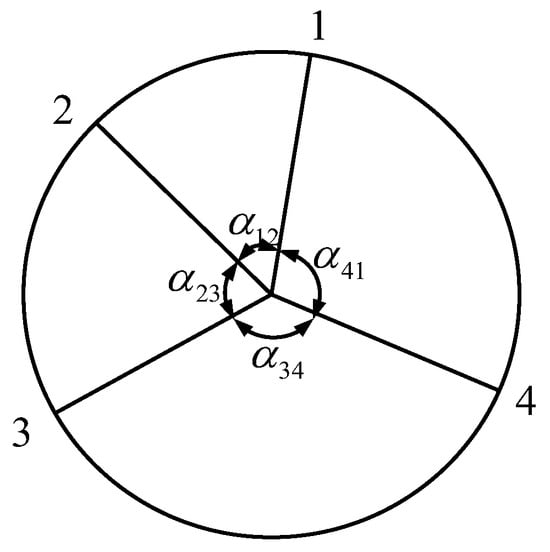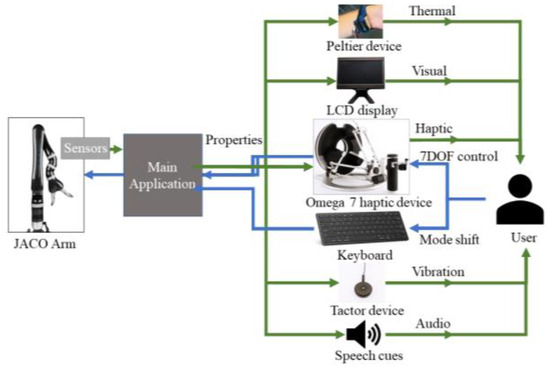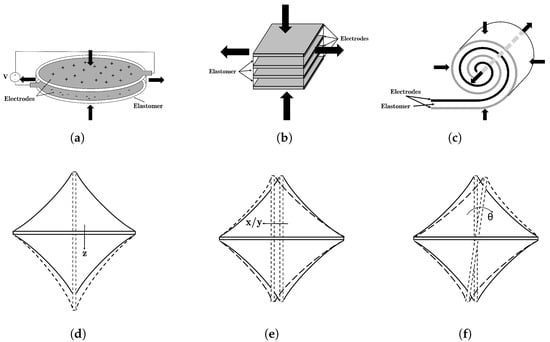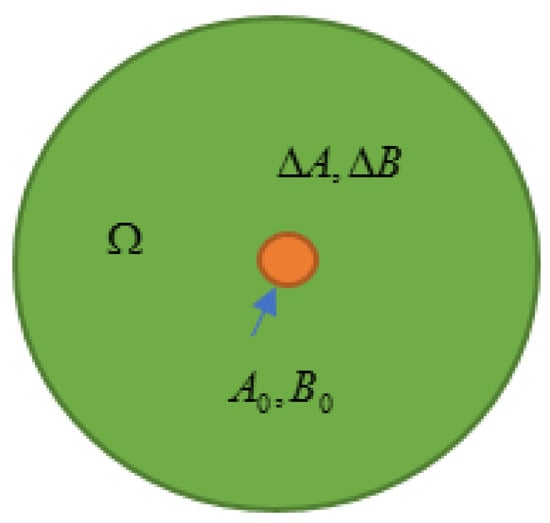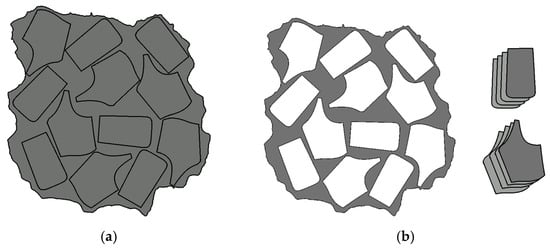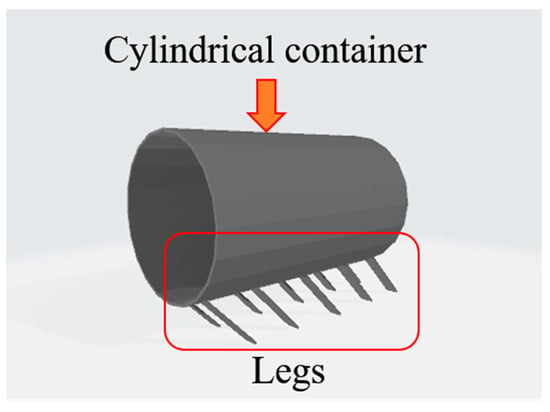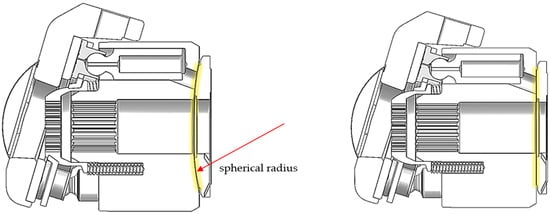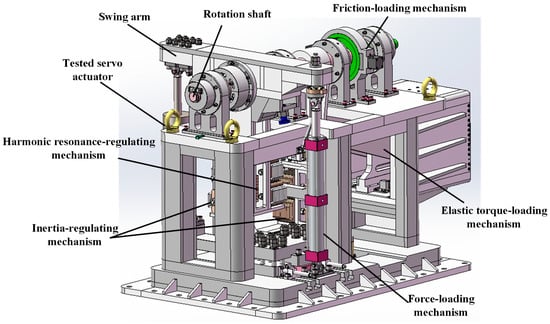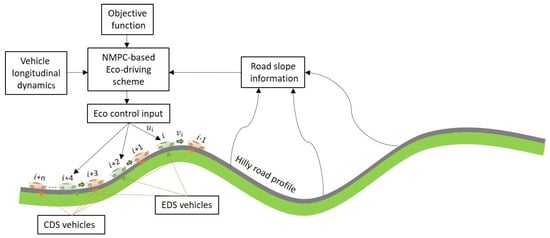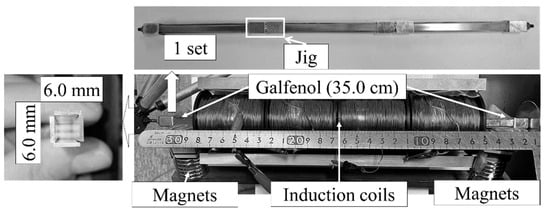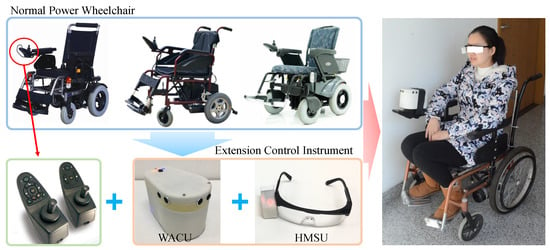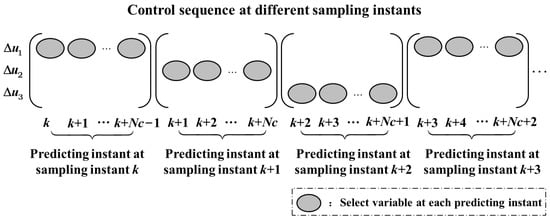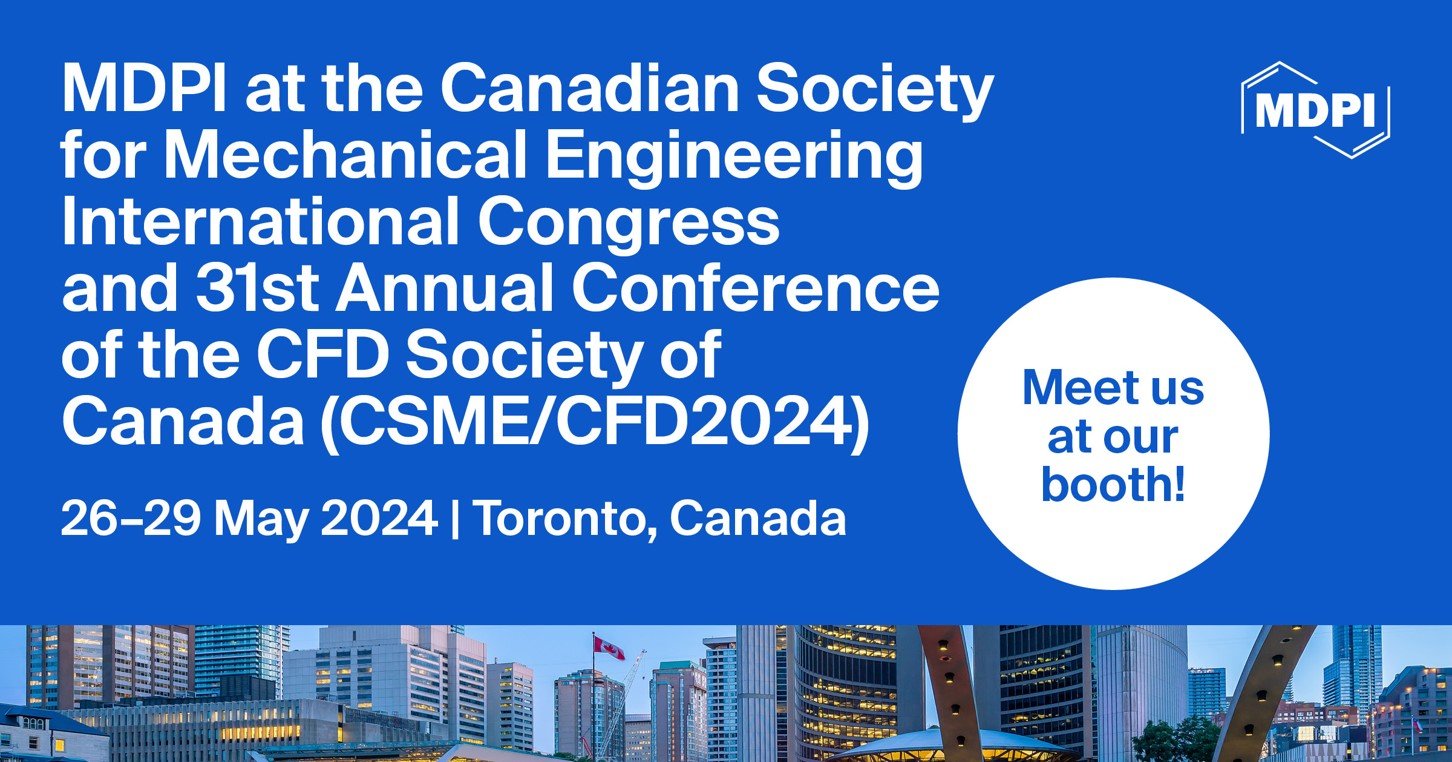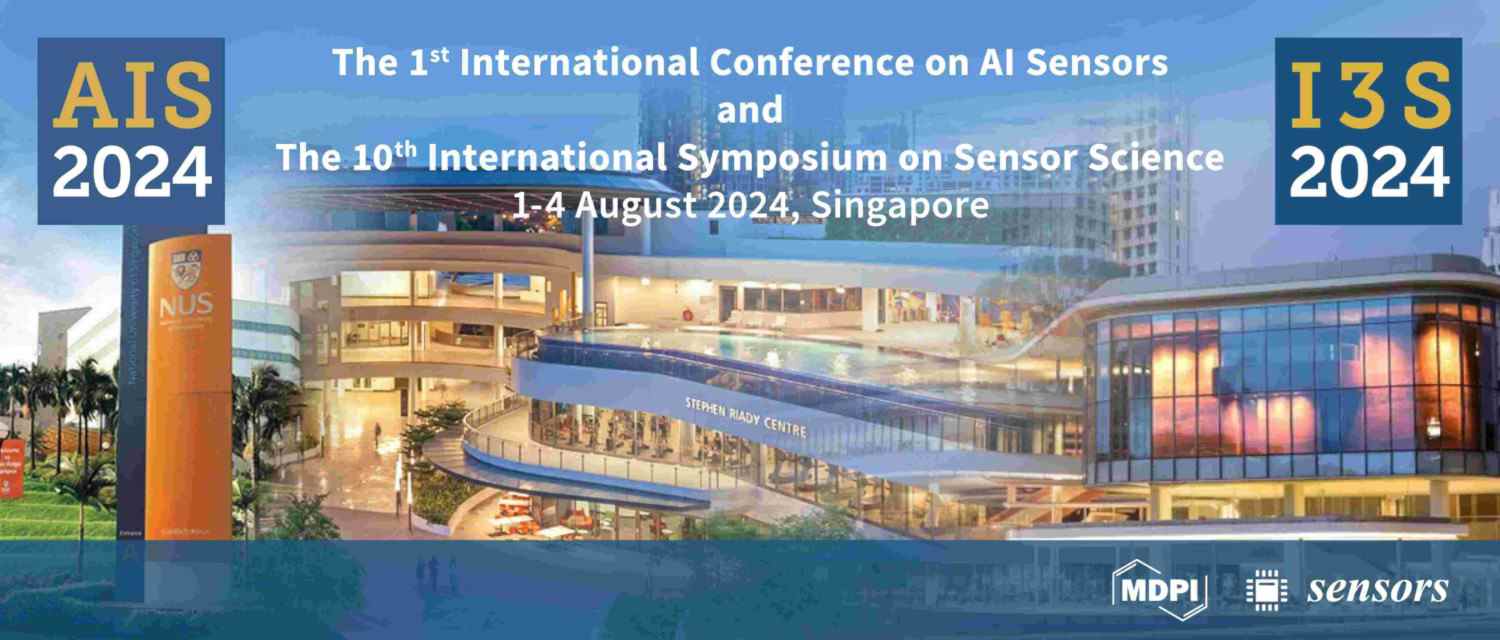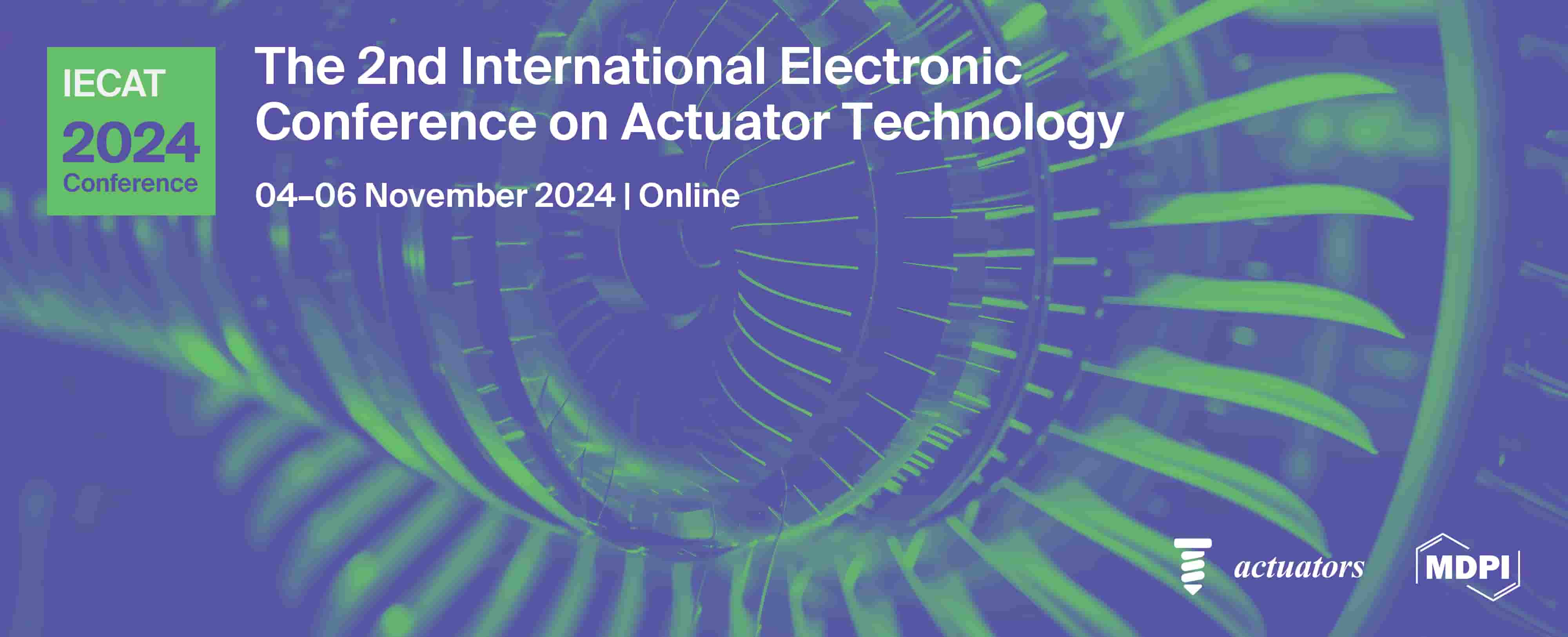-
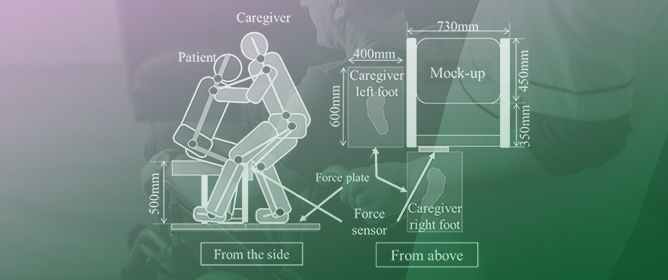 Proposal for a Human–Machine Collaborative Transfer System Considering Caregivers’ Lower Back Pain and Cognitive Factors in the Elderly during Transfer Movements
Proposal for a Human–Machine Collaborative Transfer System Considering Caregivers’ Lower Back Pain and Cognitive Factors in the Elderly during Transfer Movements -
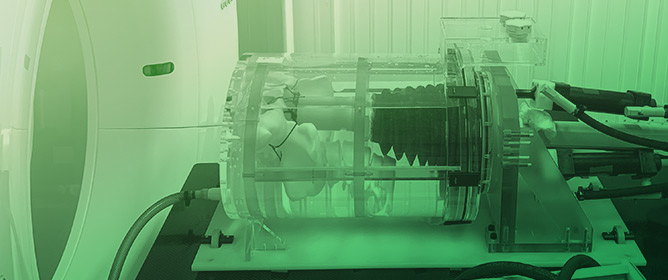 Development of a Hydraulic Actuator for MRI- and Radiation-Compatible Medical Applications
Development of a Hydraulic Actuator for MRI- and Radiation-Compatible Medical Applications -
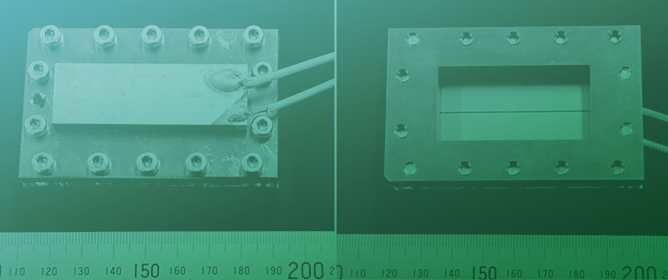 A Microchannel Device for Droplet Classification by Manipulation Using Piezoelectric Vibrator
A Microchannel Device for Droplet Classification by Manipulation Using Piezoelectric Vibrator -
 Ionizing Waves in Surface Dielectric Barrier Discharges Plasma Actuators
Ionizing Waves in Surface Dielectric Barrier Discharges Plasma Actuators -
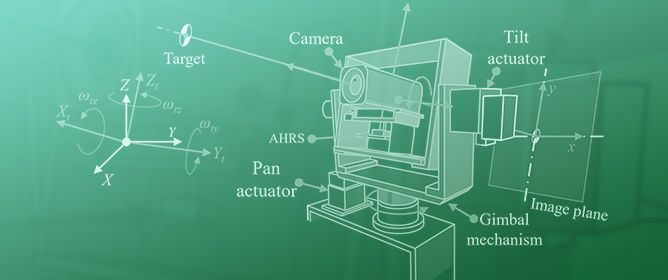 A Study on Robust Finite-Time Visual Servoing with a Gyro-Stabilized Surveillance System
A Study on Robust Finite-Time Visual Servoing with a Gyro-Stabilized Surveillance System
Journal Description
Actuators
- Open Access— free for readers, with article processing charges (APC) paid by authors or their institutions.
- High Visibility: indexed within Scopus, SCIE (Web of Science), Inspec, and other databases.
- Journal Rank: JCR - Q2 (Engineering, Mechanical) / CiteScore - Q2 (Control and Optimization)
- Rapid Publication: manuscripts are peer-reviewed and a first decision is provided to authors approximately 16.7 days after submission; acceptance to publication is undertaken in 2.5 days (median values for papers published in this journal in the second half of 2023).
- Recognition of Reviewers: reviewers who provide timely, thorough peer-review reports receive vouchers entitling them to a discount on the APC of their next publication in any MDPI journal, in appreciation of the work done.
Latest Articles
E-Mail Alert
News
Meet Us at the 8th National Congress of Magnetic Materials and Devices, 12–14 April 2024, Hangzhou, China
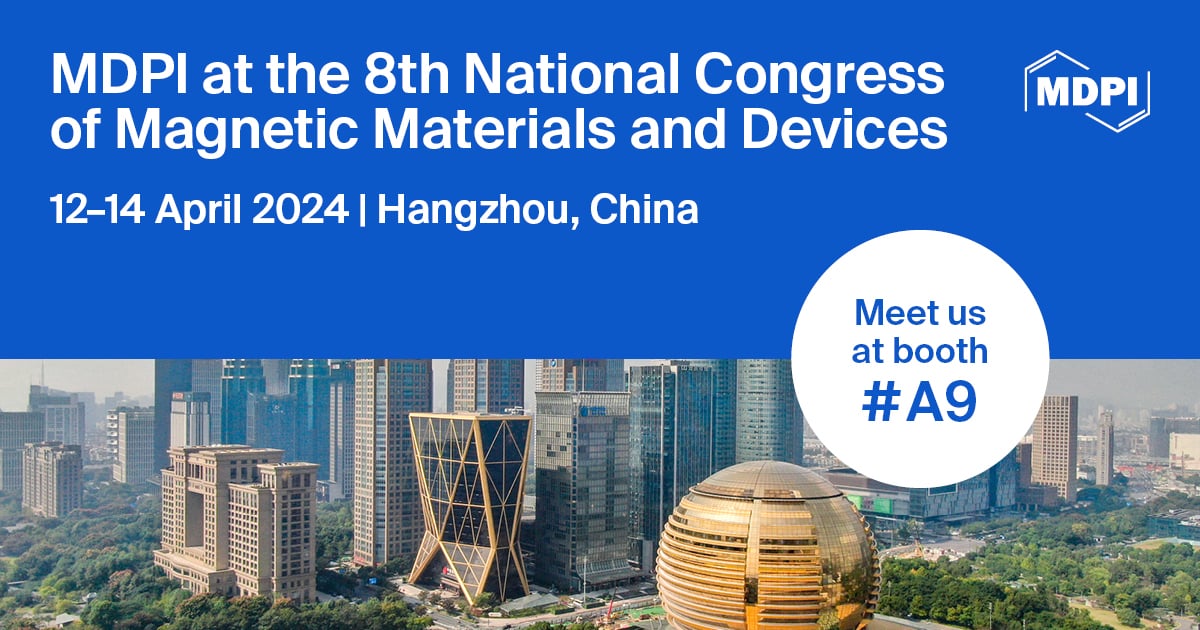
Topics
Deadline: 31 May 2024
Deadline: 30 July 2024
Deadline: 31 October 2024
Deadline: 31 December 2024
Conferences
Special Issues
Deadline: 25 April 2024
Deadline: 30 April 2024
Deadline: 31 May 2024
Deadline: 30 June 2024



